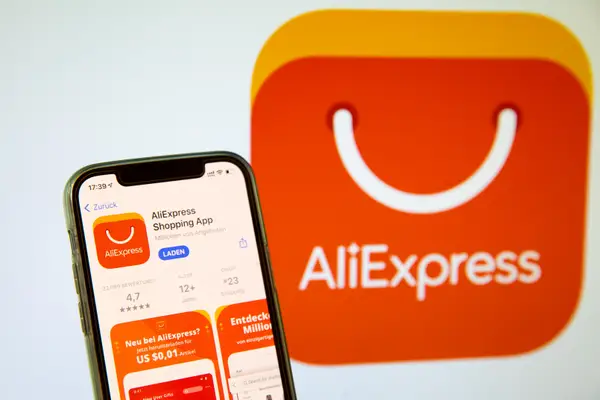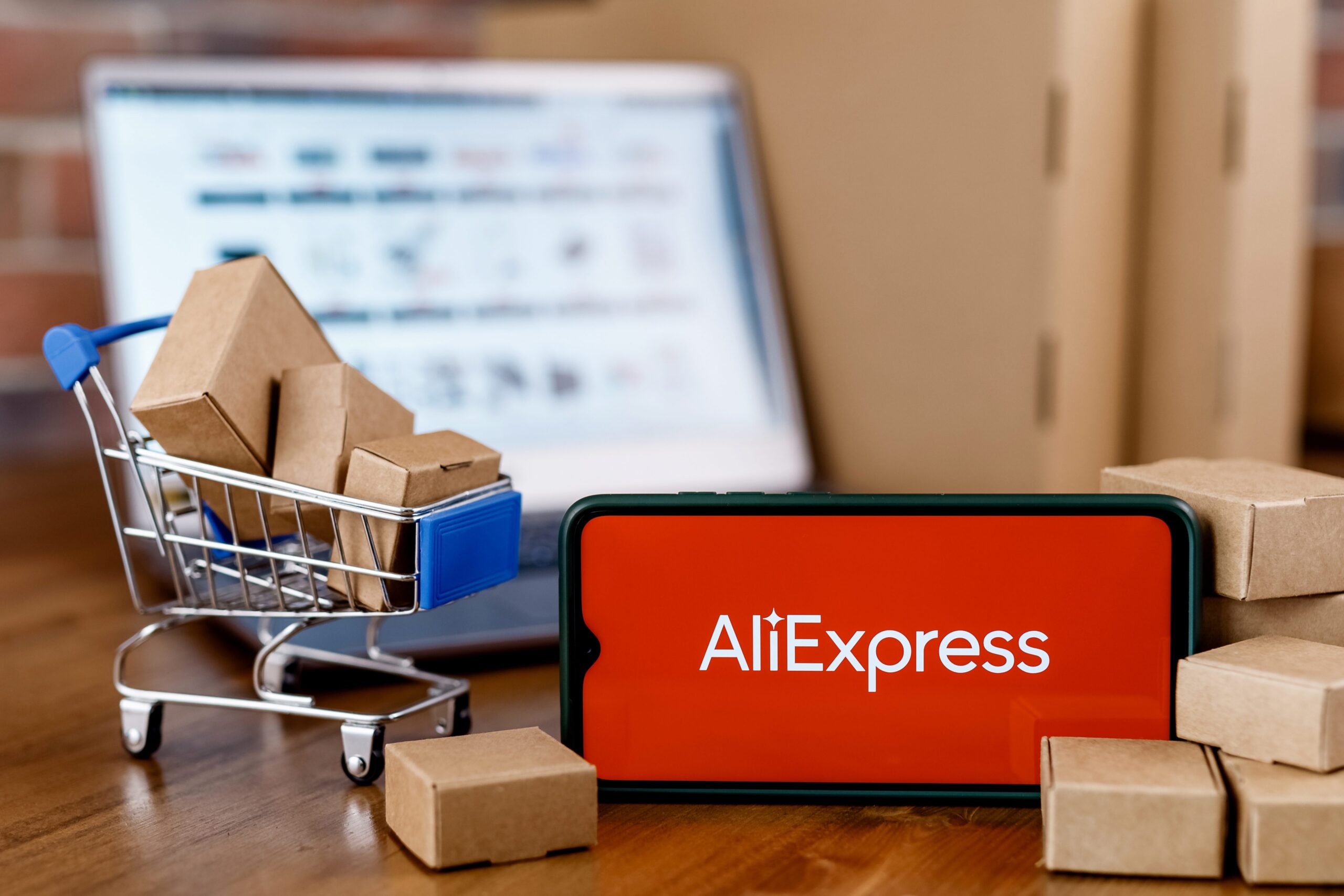How do promo codes differ during international vs. local events?

Promo codes have become an essential aspect of modern shopping, particularly during events that drive consumer interest and spending. However, the significance and application of these codes can vary greatly between international and local events. Understanding these differences can help consumers maximize their savings and enhance their buying experience. In this article, we will delve into how promo codes differ during international versus local events, exploring aspects such as the types of discounts available, the target audience, and the strategic marketing approaches used by brands. We’ll also provide practical tips for finding and using these codes effectively.
Understanding Promo Codes
Promo codes are alphanumeric strings that consumers can apply at checkout to receive discounts, free shipping, or other perks. These codes are widely used in e-commerce, with many businesses utilizing them to attract customers and encourage sales. While the basic concept remains the same—offering price reductions—the context in which these codes are used can significantly influence their effectiveness and availability.
The Nature of Events
Events can be categorized into two main types: local and international. Each of these categories brings its own set of characteristics and consumer behavior patterns. Understanding these distinctions is crucial for brands and shoppers alike.
Local Events
Local events typically take place within a specific geographic area and may include community celebrations, festivals, or regional sales promotions. They often focus on engaging local consumers and driving foot traffic to physical stores or local online platforms.
- Target Audience: Primarily local residents or nearby shoppers.
- Promotional Strategies: Often includes partnerships with local businesses, targeted social media campaigns, and community engagement.
- Types of Discounts: Smaller discounts or exclusive offers tailored to the local market.
International Events
International events, on the other hand, encompass larger-scale promotions that may span multiple countries. Examples include global shopping days like Black Friday, Cyber Monday, or seasonal events aligned with international holidays.
- Target Audience: A global customer base, including various demographics and regions.
- Promotional Strategies: Utilizing broad marketing campaigns, collaborations with international shipping companies, and localized advertisements.
- Types of Discounts: Significant discounts or special offers designed to attract a vast audience.
Key Differences in Promo Codes
Now that we have outlined the nature of local and international events, let’s explore the key differences in how promo codes are structured and utilized during these times.
1. Depth of Discounts
During international events, brands tend to offer more substantial discounts to attract attention in a competitive global market. These discounts can range from 20% to 50% off or more, aimed at enticing customers who might otherwise shop at different retailers.
In contrast, local events usually present smaller discounts, often between 5% to 15%. The rationale is that local shoppers may already be inclined to purchase from local retailers, so the incentive does not need to be as significant to convert interest into sales.
2. Availability and Validity
Promo codes sent out during international events often have a wider range of validity, covering multiple countries and being applicable across various platforms. These codes may be valid for several days, sometimes even weeks, to accommodate international shipping and customer variations in shopping habits.
Conversely, promo codes for local events may have very specific terms. They can be limited to a single day or weekend and often specify a limited geographical area or specific stores where they can be redeemed. This can create a sense of urgency for local shoppers to take immediate action.
3. Marketing Channels
Diverse marketing channels are utilized for international events to reach a broader audience. Brands often employ:
- Email campaigns: To communicate directly with subscribers worldwide.
- Social media: Platforms like Instagram, Facebook, and Twitter are used for expansive reach.
- Influencer collaborations: Partnering with influencers to access their global audience.
For local events, marketers utilize different approaches, concentrating on:
- Community engagement: Collaborating with local vendors or participating in community activities.
- Local advertising: Using flyers, billboards, and local newspapers to reach residents.
- Social media targeting: Geotargeted ads on platforms to reach potential customers in specific areas.
4. Code Distribution
International promo codes may be distributed via various channels, including major e-commerce platforms, affiliate marketers, or through cooperative efforts with other global brands. Because these codes are meant to attract a diverse audience, brands may send them out through multiple venues to maximize exposure.
In contrast, local promo codes often circulate through partnerships with nearby businesses or events. These codes may be distributed physically at the event or through local influencers, ensuring that the message reaches the intended audience.
5. Customer Behavior and Expectations
During international events, consumers often anticipate large-scale promotions and are willing to shop around online for the best deals. They may compare prices across various retailers and use multiple promo codes before making a purchase. This behavior emphasizes the need for brands to be competitive and to provide attractive promotional offers.
Local shoppers, however, generally expect smaller discounts but may be more loyal to their local businesses. They are likely to take advantage of offers that promote community support and convenience.
6. Payment Options
International events usually cater to a wide variety of payment methods suitable for different regions, including local currency options, international credit cards, and alternative payment services like PayPal or even cryptocurrency in some instances. Brands must ensure their checkout process accommodates diverse payment preferences.
In local events, payment methods may be more streamlined, often favoring local payment options and cash transactions. Local retailers are more likely to accept cash, making it easier for customers to make immediate purchases at brick-and-mortar locations.
How to Optimize Your Use of Promo Codes
Whether you are shopping for local or international events, knowing how to effectively find and use promo codes can enhance your shopping experience. Here are some practical tips:
1. Subscribe to Newsletters
Many brands offer exclusive promo codes to their newsletter subscribers. Signing up for these newsletters can provide early access to discounts and special offers.
2. Follow Brands on Social Media
Brands often share unique promo codes on their social media accounts. By following your favorite brands, you can stay updated on the latest campaigns and promotions.
3. Use Coupon Websites
There are many websites dedicated to listing current promo codes. Websites like RetailMeNot, Coupons.com, and Honey aggregate deals from numerous retailers and can lead to significant savings.
4. Check the Expiry Dates
Always check the validity period of promo codes. Many codes have specific end dates, and some may only be valid for a short time during promotional events.
5. Savvy Usage
Be cautious when using multiple promo codes at once. Ensure that the terms and conditions allow for stacking multiple codes, as many retailers only permit one code per transaction.
6. Share Codes with Friends
Promo codes are often shareable. If you find a great deal, don’t hesitate to share it with friends and family. This not only helps them save money but can often lead to a positive shopping experience.
Conclusion
Understanding the distinctions between promo codes during international and local events is vital for optimizing your shopping strategies. By recognizing these differences, consumers can make informed decisions, maximizing their savings and supporting their local businesses when appropriate. Throughout the year, shoppers can leverage various promotional strategies to enhance their purchasing power and enjoy the thrill of finding great deals.

LINK:
Promo codes serve as powerful marketing tools, but their effectiveness can vary significantly depending on whether they’re employed during international or local events. Understanding these differences is crucial for consumers and businesses alike. International events often leverage broader promotional strategies, tailored for diverse markets, while local events may focus on community engagement and a more personalized approach. This article explores how these promo codes differ, helping consumers make informed purchasing decisions and ensuring businesses optimize their marketing strategies effectively.
Differences in Promo Codes for International vs. Local Events
Promo codes for international and local events differ in several key aspects:
- Target Audience: International codes often cater to a worldwide audience, while local codes target specific regions.
- Discount Percentage: Discounts for international events may be smaller due to broader market competition.
- Marketing Channels: International promotions use global channels, whereas local events focus on community engagement platforms.
- Duration: Codes for international events might be valid longer due to broader engagement strategies.
- Currency Variances: International promo codes may involve currency conversion, while local codes use the native currency.
FAQ
What are promo codes?
Promo codes are alphanumeric strings offered by businesses to provide discounts or special offers. They can be entered during the purchase process to reduce the overall cost and encourage sales.
How do I use a promo code for international events?
To use a promo code for international events, visit the event’s website, select your tickets or products, and enter the provided code at checkout. Be mindful of any regional restrictions or expiration dates.
Are international promo codes usually better than local ones?
Not necessarily. International promo codes may offer lower discounts due to competition across diverse markets. Local codes often provide deeper savings to engage specific communities and drive attendance.
Can I combine multiple promo codes?
Policies vary by retailer. Some allow stacking multiple codes, while others may limit usage to one code per transaction. Always check the terms and conditions to confirm.
How can I find promo codes for local events?
To find promo codes for local events, check social media platforms, local event websites, and community bulletin boards. Subscribing to newsletters from event organizers can also yield exclusive promo codes.
Conclusion
Understanding the differences between promo codes for international and local events can greatly enhance your purchasing experience. Each type of promotion serves unique audiences and purposes. By leveraging this knowledge, consumers can maximize their savings and businesses can optimize their marketing efforts. Always stay informed about current offers to take full advantage of available discounts, ensuring a value-rich experience whether you are attending an international gala or a local concert.


